- Home
- Articles
- Architectural Portfolio
- Architectral Presentation
- Inspirational Stories
- Architecture News
- Visualization
- BIM Industry
- Facade Design
- Parametric Design
- Career
- Landscape Architecture
- Construction
- Artificial Intelligence
- Sketching
- Design Softwares
- Diagrams
- Writing
- Architectural Tips
- Sustainability
- Courses
- Concept
- Technology
- History & Heritage
- Future of Architecture
- Guides & How-To
- Art & Culture
- Projects
- Interior Design
- Competitions
- Jobs
- Store
- Tools
- More
- Home
- Articles
- Architectural Portfolio
- Architectral Presentation
- Inspirational Stories
- Architecture News
- Visualization
- BIM Industry
- Facade Design
- Parametric Design
- Career
- Landscape Architecture
- Construction
- Artificial Intelligence
- Sketching
- Design Softwares
- Diagrams
- Writing
- Architectural Tips
- Sustainability
- Courses
- Concept
- Technology
- History & Heritage
- Future of Architecture
- Guides & How-To
- Art & Culture
- Projects
- Interior Design
- Competitions
- Jobs
- Store
- Tools
- More

Architecture is more than the design of buildings and the configuration of cities; it is a physical reflection of society, embodying its values, beliefs, and aspirations. Through its form and function, architecture subtly influences our behavior, shaping our experiences and interactions. It tells the story of our past, gives form to our present, and charts the course for our future. This article explores how architecture, specifically landscape and urban design, mirrors and shapes society.
Historical Evidence
Looking back through history, we see the profound relationship between society and architecture. The colossal pyramids of Egypt reflected a society centered on divine kingship and afterlife, while the classical architectures of Rome and Greece mirrored their societies’ values on democracy, citizenship, and human proportions. The Gothic cathedrals of the middle ages revealed a deeply religious society, while the grand palaces of Versailles demonstrated the absolute monarchy of the French society.

Landscape Architecture and Society
In the realm of landscape architecture, the design of parks, gardens, and public spaces reveals much about a society’s values and priorities. The layout, plant selection, and amenities can reflect social concepts of nature, leisure, and community interaction.
For example, the English landscape gardens of the 18th century, with their carefully curated yet seemingly wild beauty, echoed Enlightenment ideas of the ‘noble savage’ and the virtue of the natural over the artificial. These gardens were designed as landscapes to be contemplated, reflecting a society that valued nature as a source of philosophical inspiration.
In contrast, the highly formal gardens of the French Baroque era, like those at Versailles, were reflections of a society built on hierarchy and order. Everything in these gardens was carefully controlled and manipulated, mirroring the society’s rigid social structure.
In today’s context, the trend towards sustainable and resilient landscape design indicates an increasing societal awareness of climate change and environmental issues. The proliferation of urban gardens and green roofs demonstrates a desire to reintegrate nature into our urban environments and promote biodiversity.

Urban Design and Society
Urban design directly impacts how individuals experience and navigate the cityscape, reflecting societal values and systems. The design of our streets, neighborhoods, and cities can encourage or discourage certain behaviors, thereby shaping our social interactions.
In planned cities such as Washington D.C., the urban grid and monumental buildings echo democratic ideals, with open public spaces symbolizing transparency and accessibility. On the other hand, medieval cities with their winding streets and tight-knit neighborhoods reflect a society organized around local communities and trade guilds.
Today, the push towards walkable cities, public transportation, and mixed-use developments signify a society concerned with sustainability, health, and community-building. This shift also shows a reaction against the car-centric, suburban sprawl of the mid-20th century, indicative of a society seeking to balance urban growth with quality of life.

Architecture as Social Commentary
But architecture does not only reflect society; it can also critique it. Brutalist architecture, for instance, emerged post-World War II as a response to the austerity and functionality required during those times. However, it was also seen as a critique of the frivolity and excesses of previous styles. Similarly, the Deconstructivist movement in architecture disrupted traditional aesthetics, echoing societal upheavals and questioning established norms.
From the grandest monuments to the layout of our streets, architecture is a physical manifestation of society’s values, beliefs, and aspirations. By understanding the interplay between architecture and society, especially in landscape and urban design, we can shape our built environment in a way that supports a more sustainable, inclusive, and vibrant society.
Architecture as social commentary holds a mirror to society, reflecting its flaws and virtues. It challenges the status quo, pushing us to question, rethink, and ultimately evolve our societal systems. From stylistic evolution to radical visions, architecture not only responds to society but actively helps to shape it. With the pressing challenges of our time, such as climate change, social inequality, and rapid urbanization, the role of architecture as a form of social commentary is more important than ever. It reminds us that our built environment is not merely a backdrop for society but an active participant in its ongoing narrative.
In addition, architecture can also comment on pressing social issues. For example, Alejandro Aravena’s “half a good house” concept tackles the housing crisis in Chile. By constructing only the essential structure of a house and leaving residents to complete the rest according to their needs and means, this approach criticizes the top-down nature of social housing schemes and proposes a more participatory, affordable solution.
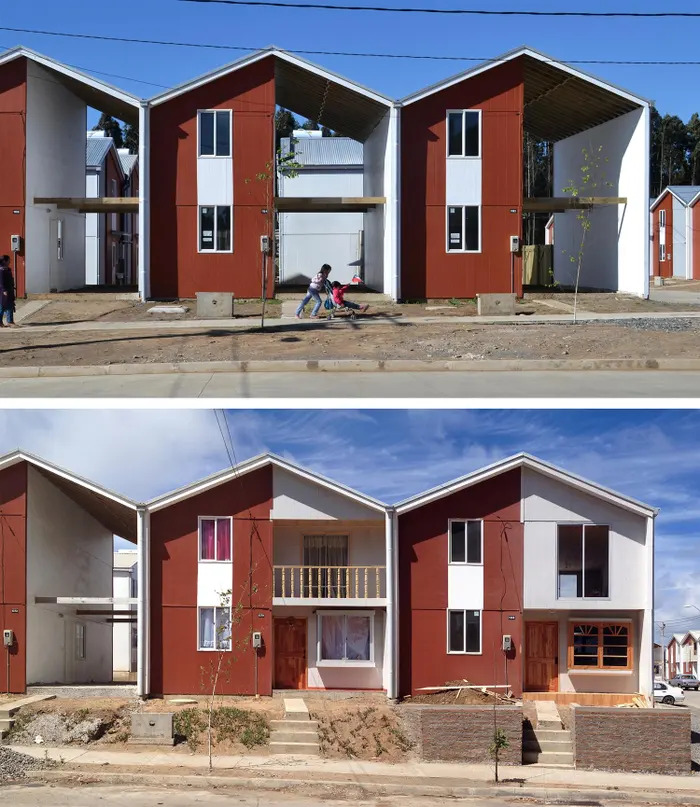
Submit your architectural projects
Follow these steps for submission your project. Submission FormLatest Posts
The Ultimate Guide to Fencing in North Dakota: Choosing the Best Fence for Your Property
Watching a chain link fence twist in 70 mph winds near Minot...
Gaudí: Where Architecture Meets Science
Gaudí: Where Architecture Meets Science shows catenary arches, ruled surfaces, and biomimicry...
How Housing Market Forces Shape Architectural Design Today
Architecture never exists in isolation. Buildings rise from a mix of ambition,...
Why Portable Formaldehyde Gas Detectors Matter on Construction Sites
As construction practices shift toward more enclosed and material-intensive environments, the risk...


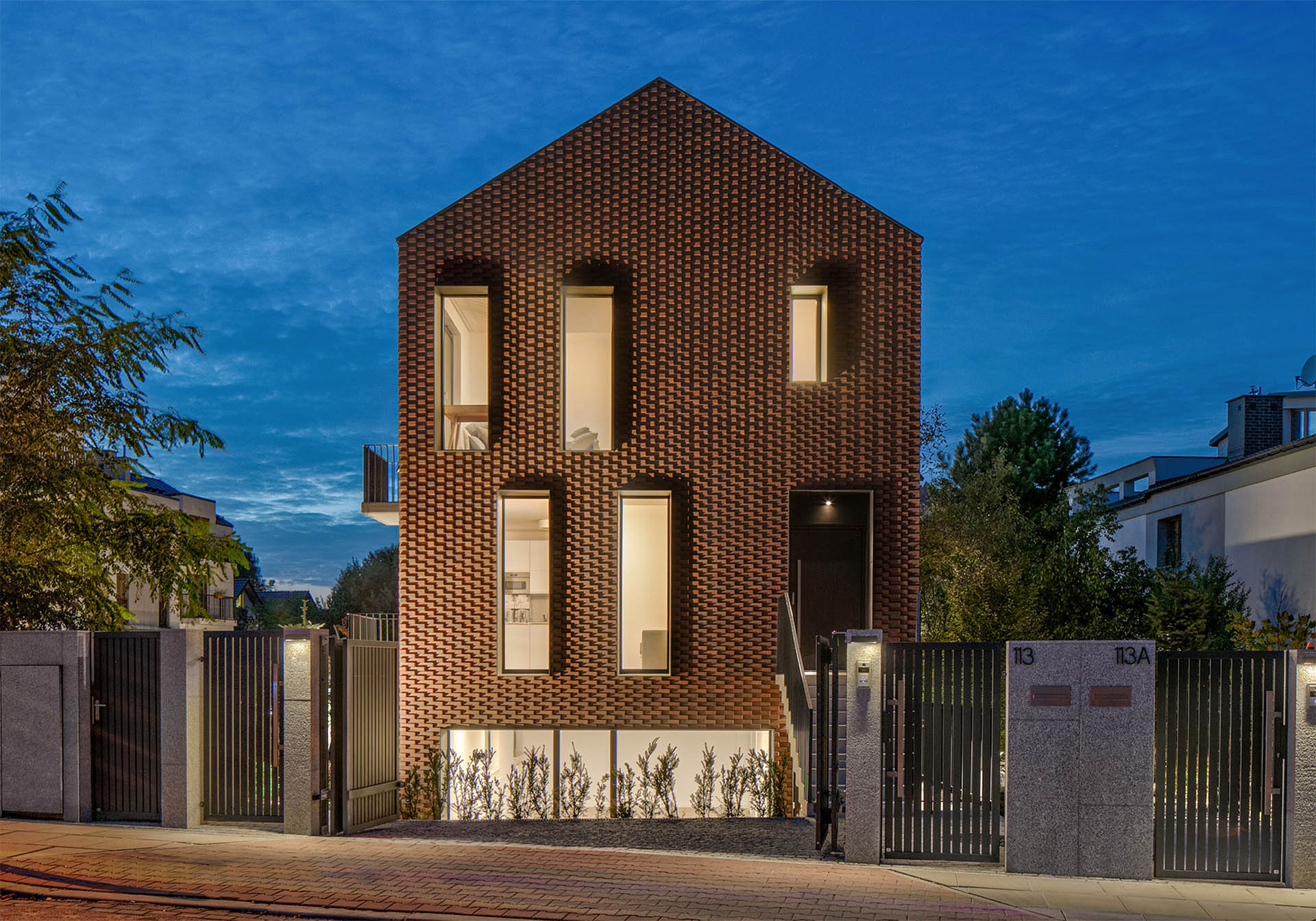

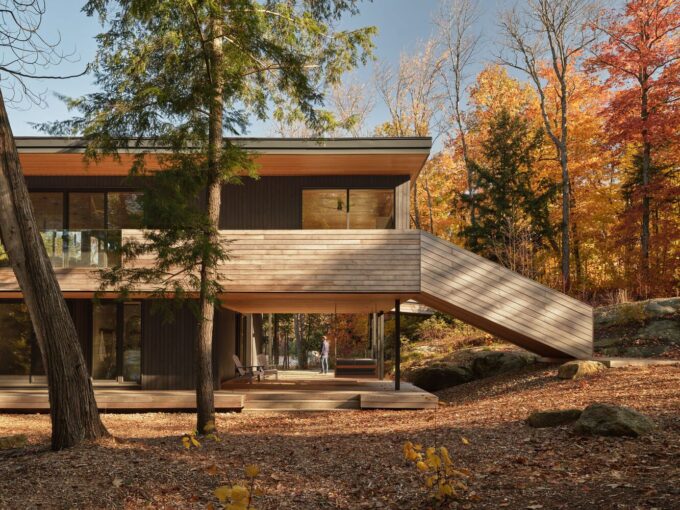




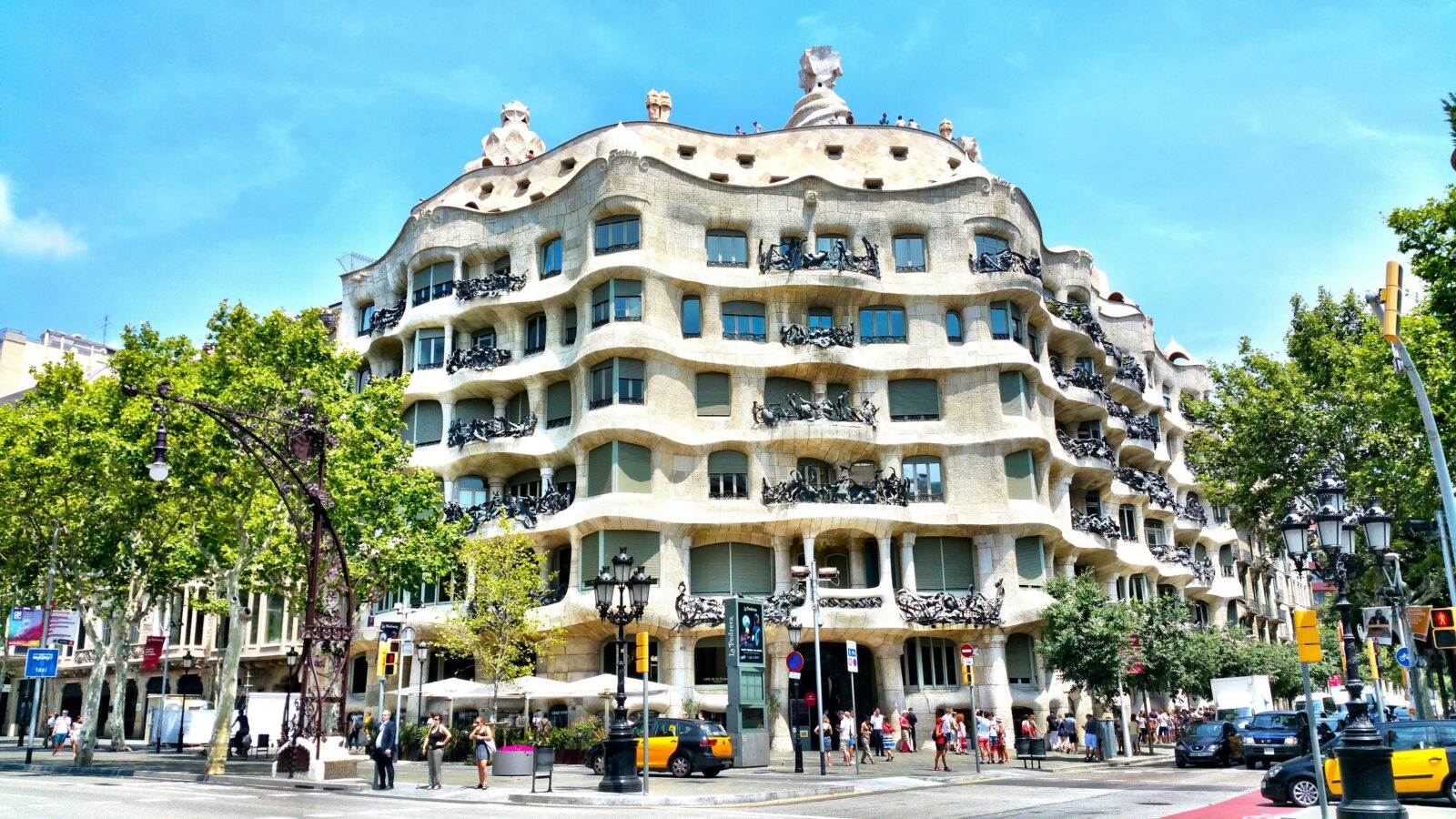
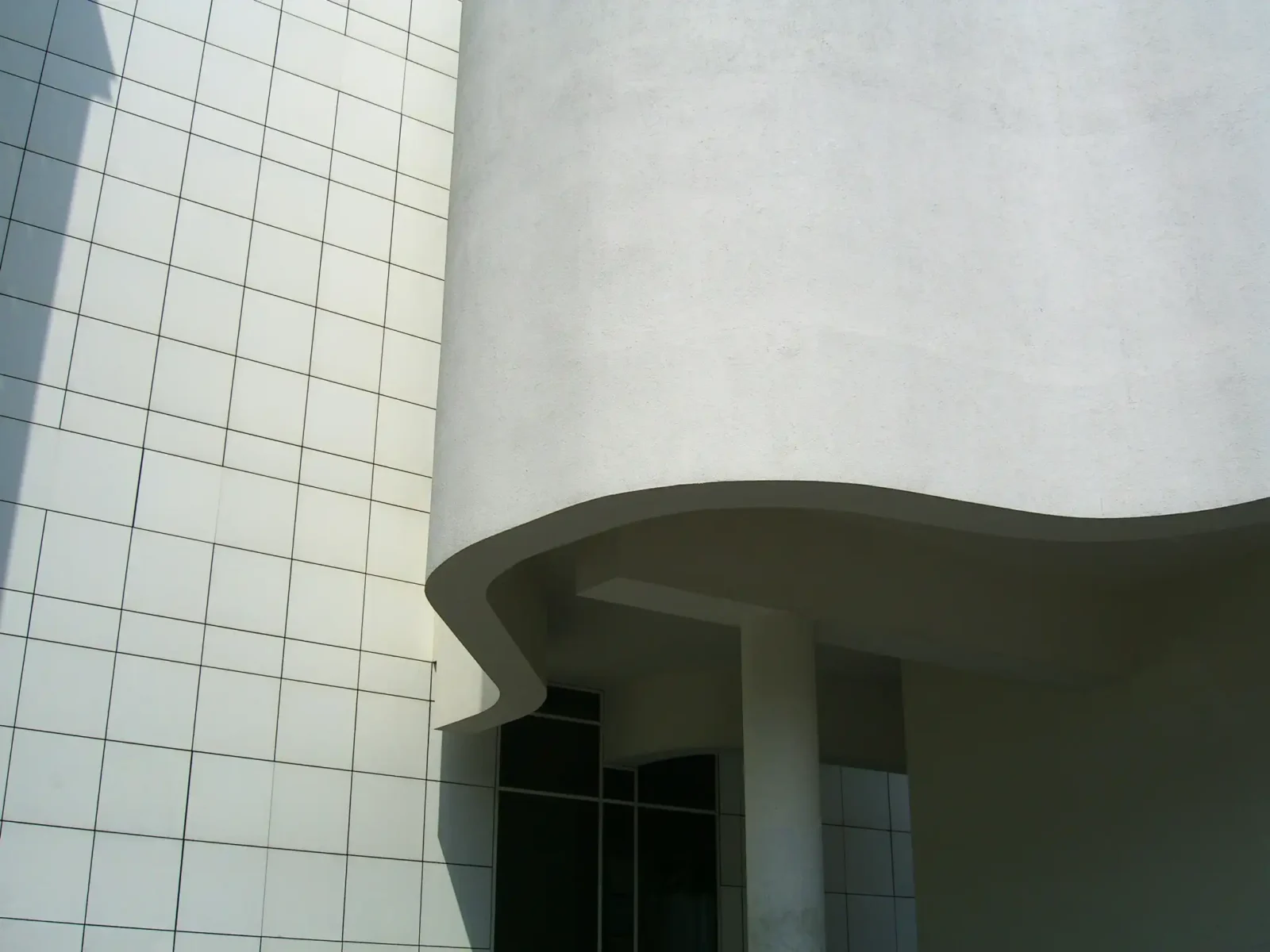

Leave a comment